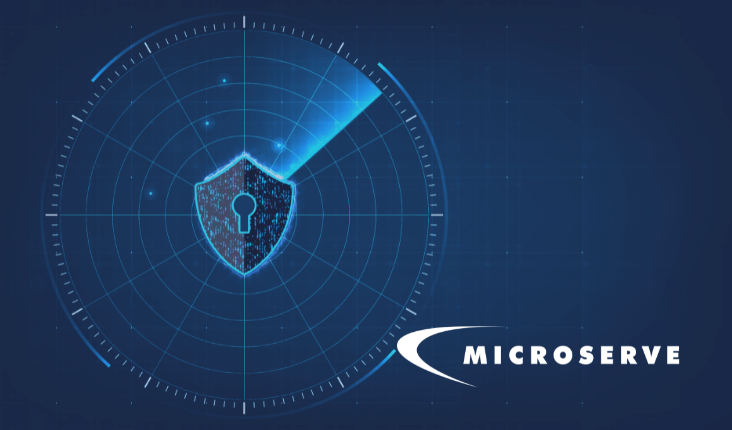To protect your organization and its assets against security incidents, you need to be able to detect cybersecurity threats. The faster you can detect security incidents, the faster you can respond to and recover from the security incident. You need agility and skill to detect security incidents, respond to security threats, and recover from security issues.
In this article, we’ll go over how to detect security incidents. To detect security incidents, a variety of security measures are required, including network monitoring, security audits, threat hunting, and more.
Log and monitor events
Tools like Security Information and Event Management (SIEM) systems log, monitor, and analyze security events; such events could be authentication attempts, suspicious IP addresses, firewall policy violations, errors in application logs, and more. A SIEM tool provides a comprehensive view of security events, which should be reviewed and monitored regularly to detect security incidents and remediate potential security threats quickly. Similarly, an organization could use Arctic Wolf’s Managed Detection and Response (MDR) services, which provides 24/7 threat monitoring from Arctic Wolf’s security team. An MDR tool also collects log and security event data to look for potential security threats.
Conduct regular security audits
Security audits review an organization’s cybersecurity practices, analyze potential risks, and tests cybersecurity effectiveness. Audits evaluate network architectures, reveal vulnerabilities in cybersecurity measures, and identify holes in the cybersecurity strategy. A security audit proactively improves cybersecurity posture by identifying and remediating vulnerabilities. A thorough audit can even detect security incidents that an organization might not be aware of yet. A third-party auditor can also help review compliance with relevant regulations and prepare to apply for cyber insurance.
Keep up with advanced threats
Security threats are constantly evolving and becoming more advanced. Protecting your environment against advanced threats can involve:
- Blocking unwanted access to data and systems
- Protecting data while migrating cloud data or services
- Reducing the risk of insider threats exposing data
- Mitigating risks of malware and ransomware.
When detecting security incidents, many security measures may be insufficient when dealing with advanced, uncommon threats. Malicious actors find new ways to work around security controls to infiltrate systems and data, so it’s important to stay up to date on emerging threats. For this reason, some businesses prefer to work with a managed IT services provider who will let them know when emerging security threats may affect their business.
Analyze user behaviour analytics
User behaviour analytics tools monitor your users’ behaviour, and it is an important part of security threat detection and an organization’s cybersecurity strategy. It establishes a user’s “normal behaviour” and then flags suspicious events and activities that deviate from baseline behaviour. User behaviour analytics tools can also assign different risk roles to specific users based on the number of anomalies detected with the user, where a greater risk score equals a higher likelihood of a security incident. Additionally, user behaviour analytics tools can be integrated with SIEM tools for a more comprehensive view of security events.
Invest in a real-time threat detection tool
Real-time threat detection tools notify of possibly threats and, in some instances, automatically contain infected devices. Threat detection tools are powered by detection engineering, which takes threat-related data and analytics and applies threat intelligence to that data; identity and user information, threat exposure levels, and business criticality is examined to validate the existence of a threat. If a threat is perceived, MDR tools like Arctic Wolf’s Managed Detection and Response solution can manually or automatically contain devices, lockout users from accounts, block networks, and more.
Set up threat hunting
Managed detection and response can also include threat hunting services, which is helpful to detect security incidents. Threat hunting is a proactive approach to threat detection, where real people (also known as threat hunters) actively search to identify potential threats before they become bigger security issues. Threat hunting also helps detect threats that may have escaped real-time detection tools, as it typically involves someone who is trained in digital forensics, malware analysis, incident response, network security, and more.
Detecting security incidents with expertise: The proactive approach to incident detection
Accurately detecting security incidents can be a challenge. With things like threat detection tools, SIEM alerting, and user behaviour analytics, false positives can be difficult to address. In other words, these tools and tactics can sometimes flag non-existent threats, and it is challenging to navigate through too many false positives.
So, it’s best to work with a security expert who can easily parse through log data, has knowledge of emerging threats, and knows what malicious actors are looking for and how they’re trying to get it. Working with the cybersecurity team at Microserve means you benefit from over 35 years of experience. Microserve’s security experts conduct thorough security audits, provide valuable security advice, help you implement real-time threat detection systems, and more. Get in touch with Microserve’s security team to detect security incidents and improve your overall security posture.




